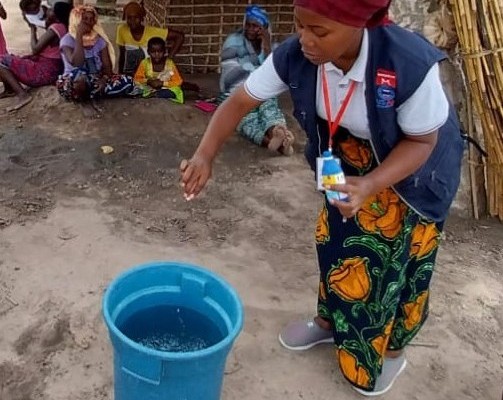Access to safe drinking water is essential to reduce the risk of water-borne diarrhoeal diseases such as typhoid and cholera. These diseases are particularly dangerous in children under five-years old living in low-income settings and the second leading cause of death in this age group (source: WHO).
Water purification using chlorination is a simple, cost-effective solution to ensure safe water in emergency and development settings where water is scarce and there aren’t systems for mass water disinfection.
The safe, measured use of chlorine at either the source of water or the point of collection, disinfects the water by reducing the disease-causing pathogens. Studies have shown a decrease in diarrhoeal diseases in under-fives when disinfectant is used:
Access to safe water has also shown to protect people over five-years old from diarrhoeal disease, as well as reduce medical costs and the incidence of other diseases with a potential for lasting impact on children’s development.
Several approaches to water disinfection in rural areas where piped water systems are non-existent can be considered such as door to door disinfection (mostly useful in emergencies) or point of collection disinfection. For both, community engagement and information are essential to ensure high acceptance of the interventions and water safe from pathogens.
MENTOR’s emergency programme in Cabo Delgado Province, Mozambique include improvements to water access, sanitation, and hygiene to address the high rates of disease and suffering. During a cholera outbreak in 2024, we coordinated the distribution of chlorine and soap to health centres and communities to reduce the risk of water-borne diseases.Around 109,000 bottles of chlorine were distributed door-to-door and to health units with cholera treatment centres at the start of rainy season. In total, 81,947 bottles of chlorine were distributed in the communities, improving the quality of water for around 385,150 people.
Strong community mobilisation activities were implemented to provide information about chlorination benefits for health and clarify any misinformation around water disinfection, which helped ensure the high use of chlorination.

